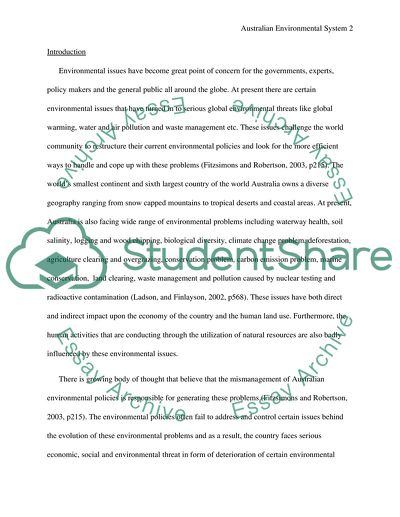Cite this document
(Australian Deteriorating Environmental System Research Paper, n.d.)
Australian Deteriorating Environmental System Research Paper. Retrieved from https://studentshare.org/environmental-studies/1724193-australias-deteriorating-environmental-systems
Australian Deteriorating Environmental System Research Paper. Retrieved from https://studentshare.org/environmental-studies/1724193-australias-deteriorating-environmental-systems
(Australian Deteriorating Environmental System Research Paper)
Australian Deteriorating Environmental System Research Paper. https://studentshare.org/environmental-studies/1724193-australias-deteriorating-environmental-systems.
Australian Deteriorating Environmental System Research Paper. https://studentshare.org/environmental-studies/1724193-australias-deteriorating-environmental-systems.
“Australian Deteriorating Environmental System Research Paper”, n.d. https://studentshare.org/environmental-studies/1724193-australias-deteriorating-environmental-systems.


